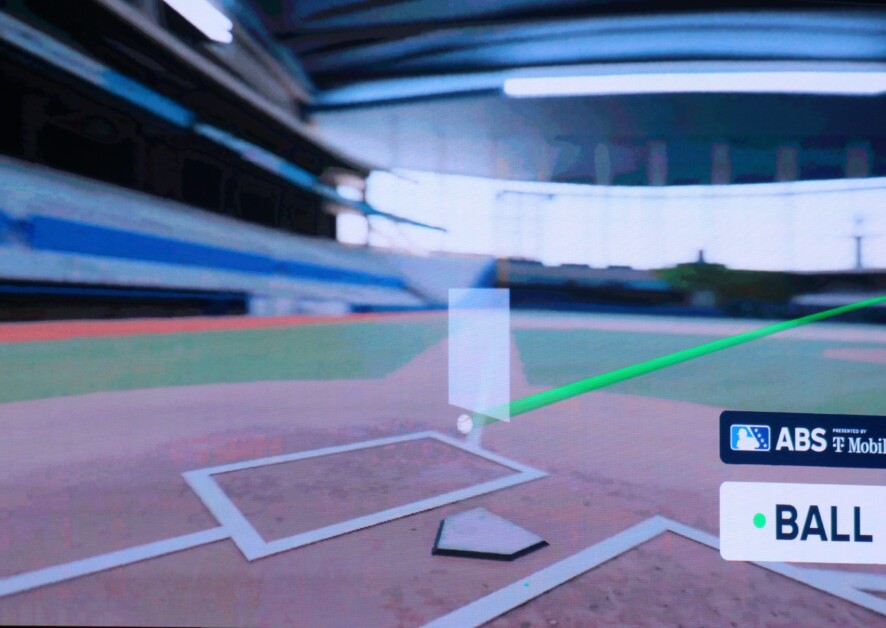
"Hawk-Eye technology cameras help monitor the exact location of the pitch relative to a strike zone that is customized to each individual batter under the ABS system. Players on either offense or defense are able to challenge a call, but it is limited to the batter, pitcher and catcher. Additionally, a challenge must be made within two or three seconds of the umpire's call, and without any assistance from the dugout."
"I have so many mixed feelings about it. As a big leaguer, as a player, you want every call correct, right? You don't want to get screwed on the umpire missing a call, right? Both sides. Pitching, I don't want him to miss calls. And hitting, I don't want to get a strike called when it's three inches outside. But I've always liked that about baseball, where you can get a bad call and you just have to deal with it."
"You can also get a good break, right? He can miss a strike call and now you're 2-1 instead of 1-2. But yeah, I don't know. I also think it's probably great in the big leagues, but kids watching our game or in Little League, all of a sudden they're throwing to a box and they don't have ABS. They don't see us dealing with a bad call or good call, or whatever. So I more worry about how it's going to"
Major League Baseball will implement the Automated Ball-Strike (ABS) challenge system full-time in the regular season beginning in 2026. Home-plate umpires will continue calling balls and strikes while Hawk-Eye cameras monitor pitch locations against a strike zone customized to each batter. Batters, pitchers, and catchers may challenge calls, with challenges required within two or three seconds and without dugout assistance. The system aims to increase accuracy, but players express mixed feelings. Will Smith said he values correct calls yet appreciates the human element and worries about effects on youth baseball.
Read at Dodger Blue
Unable to calculate read time
Collection
[
|
...
]